Ombre staining gives the appearance expressiveness and originality. By and large, there is no need for a hairstyle with a similar color - the play of color is good in itself. Is it possible to make ombre at home?

Features of the technique
Ombre is an original technique of dyeing hair in two colors with the transition of one tone to another. There are various options for ombre: from the roots to the tips, a dark tone can turn into light or light tone can turn into dark.

It is acceptable when any natural tone turns into a bright, unexpected color (pink, blue, green, purple). Moreover, if the border is naturally blurred when one natural tone changes to another, then in the case of a transition to a bright unusual tone it can be expressed very sharply.
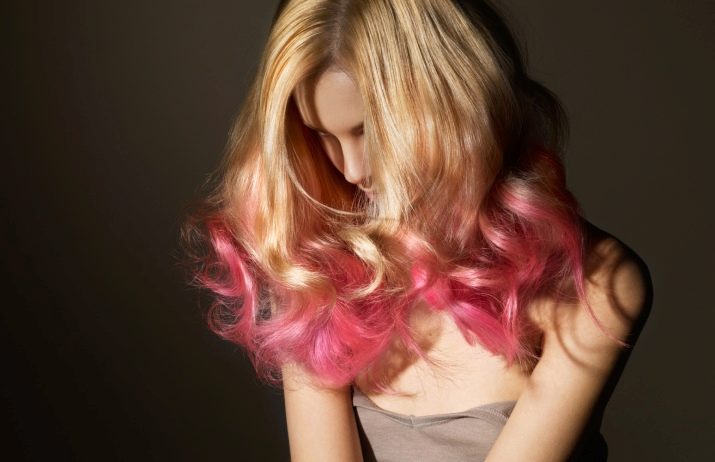
Additional advantages of the transition from a dark tone to a light one lie in a certain effect of burnt hair, and also allow you to make a little trick: with a dark tone quite close to your native one, you can increase the time between stains, as the regrown roots will be little noticeable.



It is no harder to stain the ombre on your own than usual. Consider this process in detail.
Preparation of tools and materials
For staining you will need:
- clarifier;
- selected paint;
- capacity for the preparation of paint (bowl);
- hairbrush;
- latex gloves;
- paint brush;
- brush for applying clarifier;
- food foil;
- hair clips or elastic bands;
- shampoo;
- conditioner (balm).

The foil should be cut into strips of about 10 centimeters.
The length of the strips should be a few centimeters longer than the staining zone.
The choice of materials for coloring is quite diverse. It will simplify the task of acquiring an ombre kit, in which the necessary components in the right proportions are already selected, as well as detailed instructions for them. The disadvantages of this method may be an increased price (for convenience) and the lack of the right color for sale.

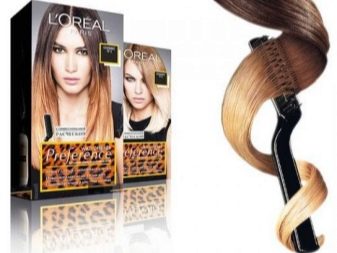
The salon often uses blondoran, which also requires the purchase of an oxidizing agent.

There is a risk of overdoing it with concentration, therefore it is recommended to leave the choice of this procedure to professionals.
The simplest and most gentle option is a dye for fair hair containing a brightener. Bright contrast will not work, but the hair will be healthier.
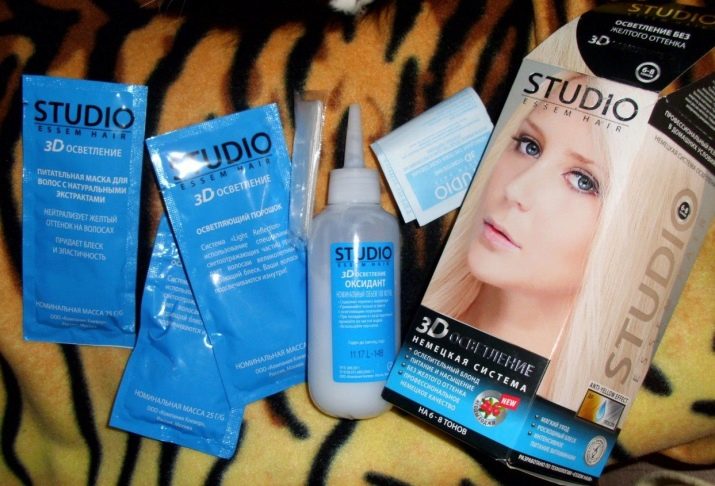
How to make?
We describe in stages the process of staining in 2 colors at home. To begin with, we note that it is better not to wash your hair before dyeing, and even better - do it 2 days before the procedure.
- Having prepared all the necessary tools, you need to thoroughly comb and slightly moisturize your hair. Then divide the entire volume of hair in a straight parting, divide each part again using a clip or an elastic band. Similarly, we get 4 tails - 2 on each side of the face.
If the hair is thick, more ponytails should be done.
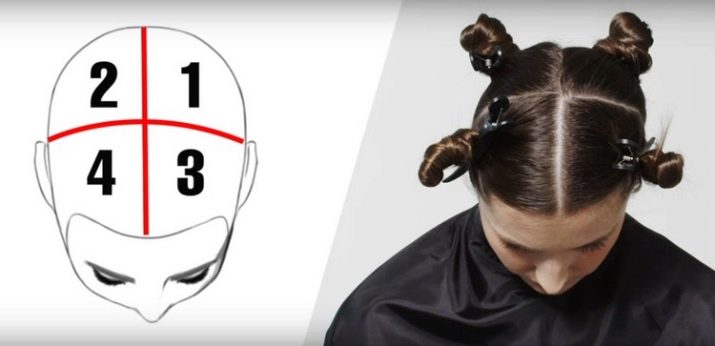
- Now we prepare the clarifier: do not forget to put on gloves, mix the ingredients in a bowl according to the instructions on the package. If you decide to clarify with a blondoran, then we add 2 times more oxidant in volume than a blondoran. The mass should be homogeneous and without lumps.
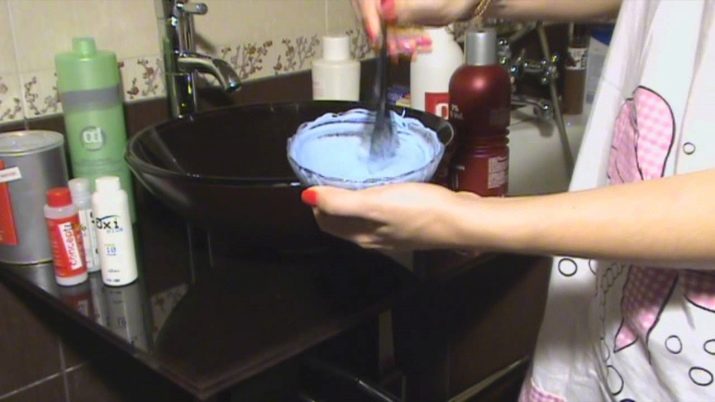
- Apply a brightener using a brush, which is usually included in the kit for staining. Starting from the ends of the strands, we move from top to bottom, not reaching the gum a bit, trying to apply the composition evenly. It should be painted quickly so that the clarifier does not have time to dry out. The whole procedure should take 10-15 minutes.
Some masters advise pre-twisting the strands into bundles in order to make the border between the clarified and unclarified areas more blurred.
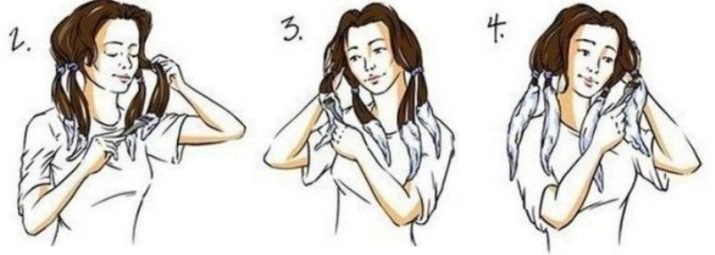
- Then we wrap each tail in foil as follows: put the strand along the middle of the foil along, wrap it from the edges, and bend the lower edge up and on the sides so that the foil does not slip. Hold for about 30-40 minutes.
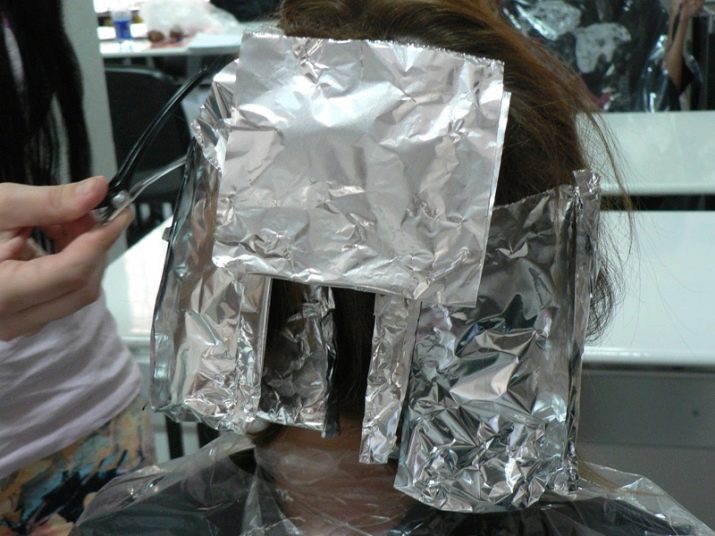
- Remove the foil, rinse off the clarifier and apply it again - now 5 centimeters higher. We wait 10 minutes and wash our hair again.
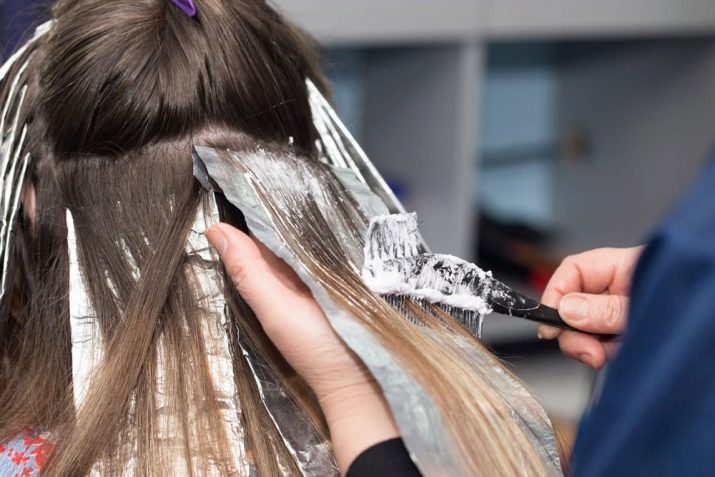
- The last one to brighten the ends of the hair. We apply a clarifier on them, after 10 minutes wash off. Then wash my hair with shampoo and balm.

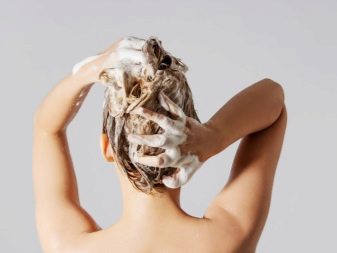
If you have little experience in order not to overexpose the clarifier, it is recommended to check whether the desired tone has turned out. We need to look at a small lock in 20 minutes. If you are satisfied with the color, rinse the clarifier from all the hair. If the shade needs to be brighter, wait another 10 minutes and check the result again.

Another secret is that after washing off the clarifier, the hair should be dyed with a light paint containing care components (vitamins, oil), so that the transition looks more natural. It will also give the hair the necessary nutrition. All modern paints contain nutrients, so it is not necessary to recommend any particular brand.
After clarification, the hair must be properly dried before proceeding directly to dyeing. Well, if you let them dry naturally.
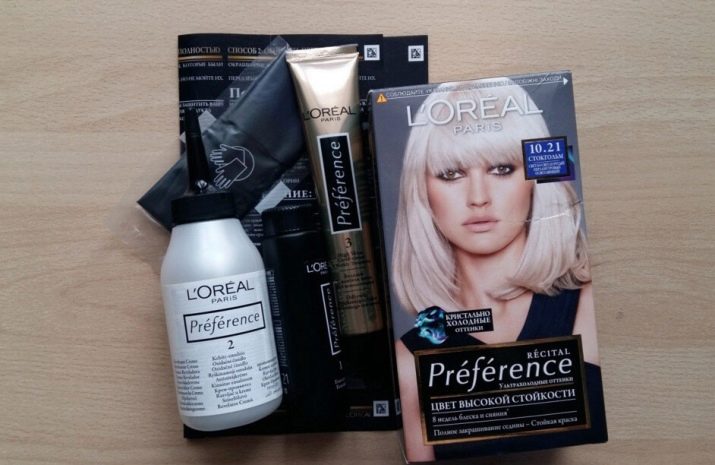
- The hair must again be divided into strands and collected in ponytails. It is advisable to twist into bundles. The more tails you make, the more natural the transition will look.
- Wearing gloves, dilute the paint, strictly following the instructions. Remember to air the room.
- With a paint brush we apply the paint from bottom to top. The paint should cover the entire clarified area and go a little overseas with unlit. This will achieve a smooth color transition.
- Keep the paint for as long as indicated on the package. The effect will be better if you wear a special hat or cover your head with cellophane.
- Wash off the paint with warm water. Keep in mind that this must also be done with gloves. Then the gloves can be removed and your head washed with shampoo for colored hair using a restoring balm.

This is a common staining technique, universal for those who decide to do this procedure at home. Now consider the features of hair coloring of different lengths.
On short hair
We divide the hair into strands and paint with a brush from bottom to top from the ends. On short haircuts, the staining border is usually at mid-ear level. Each colored lock is kept wrapped in foil for about half an hour - as it is written on the package. Then remove the foil, rinse the head with shampoo for colored hair and blow dry.
Now tint the roots. Apply the paint to the roots and distribute it with a comb so as to capture the already painted areas. Thus, we get a smooth transition of one color to another. Hold the paint for about 20 minutes, then wash it off, wash my hair with shampoo and balm again, and then let the curls dry.
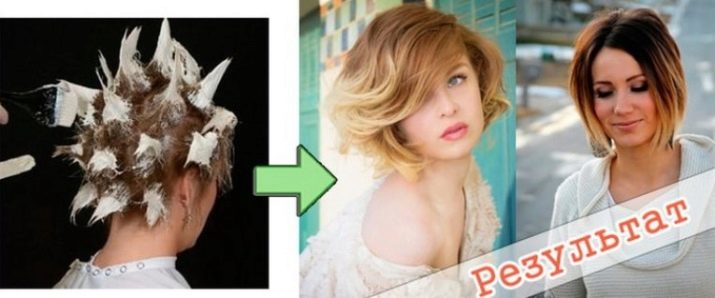
On long
Long hair is the most suitable option for ombre, as the transition looks especially natural. The length makes it possible to diversify the staining techniques - apply not the classic 2 colors, but 3 and even more. You can stain diagonally, you can select individual strands. On long curls, the border of staining usually passes at the level of the chin.


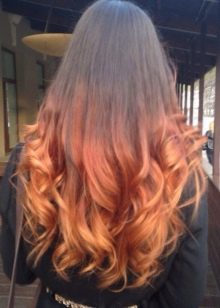
We moisturize the hair, divide it into 4 tails, then paint from the ends of the tails from the bottom up, slightly below the elastic. Wrap in foil, as described earlier, and hold for about 30 minutes, depending on the instructions. My head and dry. You can then tint the roots, as described in the case of short hair.
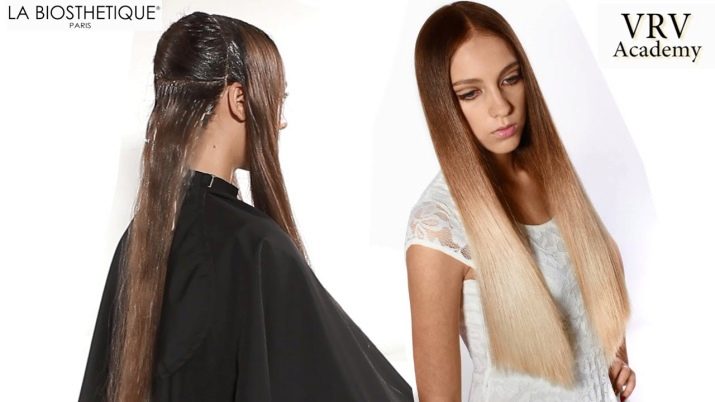
On medium
Ombre on medium hair is especially recommended for long bob, bob-car and similar haircuts. A stylish haircut looks especially impressive in unusual colors, for example, white with raspberry. Elongated side strands painted in bright color look stylish. When cutting a medium length by highlighting the lower part of the hair, the natural burning of the strands is imitated.
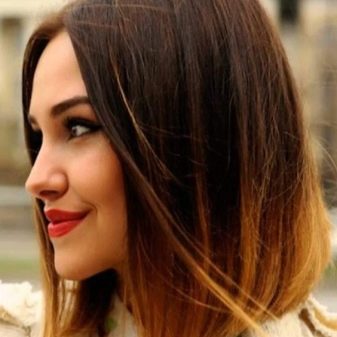

The ombre technique will also help to adjust the shape of the face, in the classical style (dark top, light bottom), the painting makes the face more elongated, thinner. The haircut option with bangs makes it possible to highlight bangs - for example, by coloring its tips.
When distributing dyeing time along the length of the hair, it should be noted that the dye should be kept at the first stage of dyeing for 5 minutes longer than at the next, so a smooth transition of color is achieved.
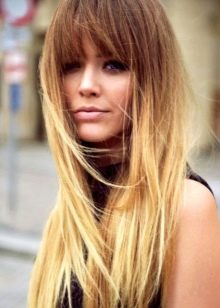


There are many methods of coloring, differing in the choice of materials and technology. You can, for example, dye your hair in 3 stages, highlighting them alternately. The strands should be moistened, the illuminated area should be visually divided into 3 parts. The first section is aged in foil for 20 minutes, the other two for 10 minutes each.
Transitions in a different tone will be smoother if you use a comb instead of a brush for coloring.

For light and dark hair, the dyeing technique is little different. The main difference in the color and concentration of the oxidizing agent when using blondoran. For fair hair, oxidizing agents of 3 to 6% are recommended, and for dark hair, 9 to 12%. On bright hair, in addition, any bright, unusual color looks spectacular.

For brunettes, there are 4 especially popular ways to color ombre.
- Classic (in two tones), in which dark strands smoothly turn into light.
- Imitation of regrown rootswhen the black color turns light rather high in the area of the temples.
- Tri-color staining, and with a sharply defined border. Custom colors look spectacular, especially in bright brunettes.
- Selective ombre, with the allocation of individual strands or bangs.

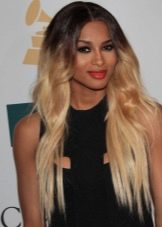


Consider the process of self-coloring of dark hair. In this case, it is recommended to choose 2 colors lighter for the ombre. For contrast, any shades of caramel or milk color are good. You can also try copper-red color.
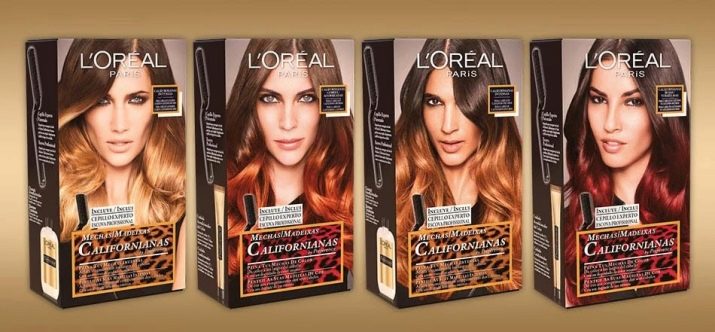
Following the instructions, dilute the paint in a bowl, then comb the hair and divide it into separate strands. We apply paint from the ends, from bottom to top, approximately to the middle of the area that will be painted. We keep the strands wrapped in foil for 20 minutes. Then the paint should be washed off, and your head wet with a towel.
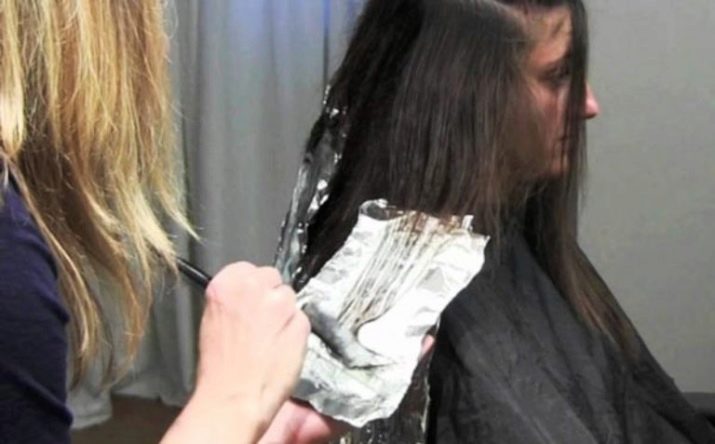
The next application of paint - from the ends to the border of the stain, now hold the paint 15 wrinkled. Rinse off again. The next step is to darken the top of the hair from the roots. Apply paint to the roots with a brush and then pull it to the border with the clarified area. We wait 10 minutes and wash my head with balm. Then let the hair dry.
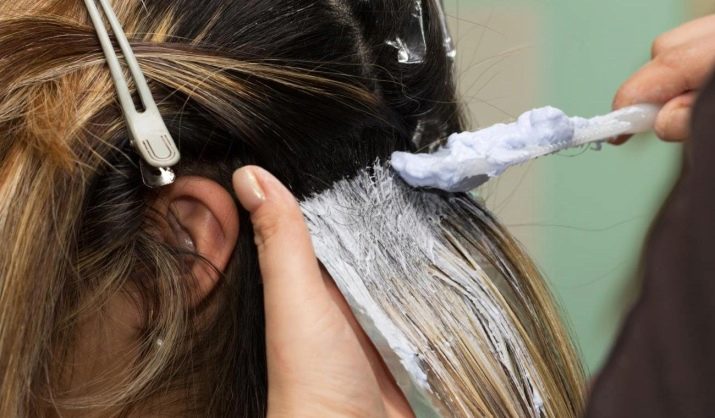
Blonde hair gives great scope for imagination and experimentation with different colors. A classic ombre involves lightening, giving the effect of burnt hair. But the opposite is also possible - darkening of the lower part of the hair and the so-called effect of overgrown roots. Making it yourself is easy.
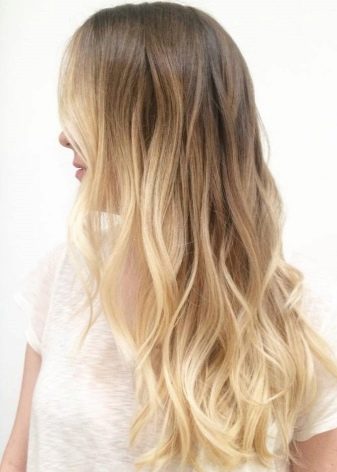
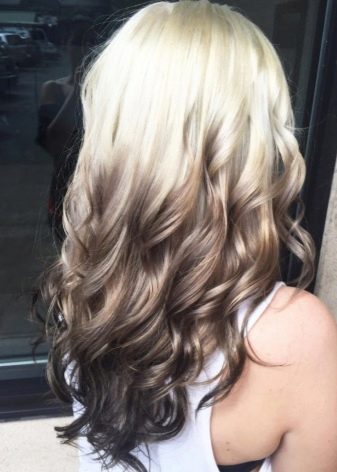
For fair hair, dye is usually chosen 2 shades darker. Having prepared the necessary materials, it is necessary to dilute the paint as it is written on the package, apply it to the roots and wait about 15 minutes. Now, on top of the first layer of paint, apply one more to the roots and extend it with a comb to the expected border of the color. Wait another 10 minutes.

The border can be made even or run diagonally - this is achieved with the help of rubber bands for hair, which fix the hair in ponytails and form the desired line. Having washed off the paint and dried the head slightly with a towel, you can once again tint the ends of the hair if the desired effect is not achieved. After waiting 20 minutes, wash my head with balm and dry it.
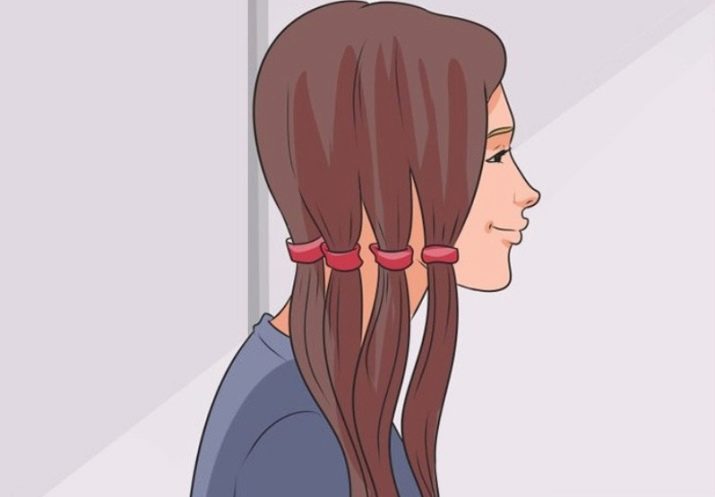
Often doubts arise - whether it is possible to make ombre on dyed hair, especially dark. If you are already a pro in the field of painting with your own hands, and thoroughly know the features of your hair and colors that you always use, then you will surely achieve the desired result. But if you are a beginner, it should be borne in mind that the interaction of colors sometimes gives unexpected effects, so it is best to entrust the procedure to an experienced master.

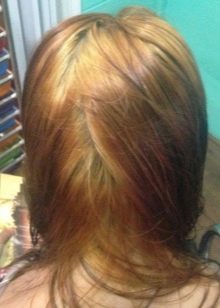
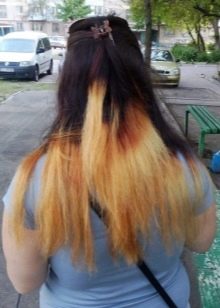
And if you are for experiments, then it is worth remembering that dyed hair should first be discolored.
Tips
The ombre technique gives the effect of increasing the volume of hair, and thanks to a wide range of paints and methods of applying them, it suits absolutely any face and is possible on any hair length. However, some tips will not be amiss.
- When choosing a paint, it is recommended to give preference to natural dyes, professional paints or well-known manufacturers.
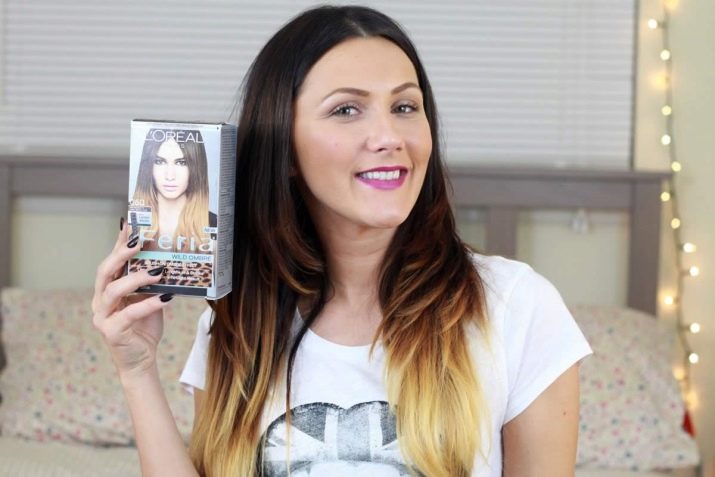
- Carefully read the instructions on the packaging of the paint and strictly follow it, otherwise you can spoil the hair.
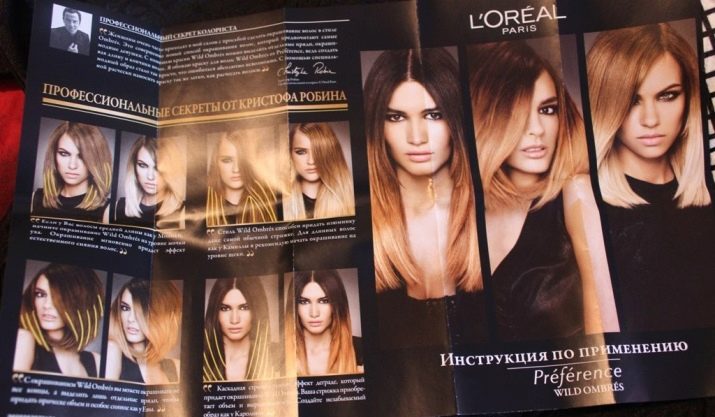
- When buying paint, the first thing you need to pay attention to is that the paint should not contain ammonia. Ammonia-free paints are safer for the structure of hair and contribute to the preservation of their natural beauty.

- Before dyeing, it is recommended to cut the ends of the hair, otherwise they may split after dyeing and ruin the impression of the procedure.

- The room in which the staining is carried out should be well ventilated, including during the procedure.
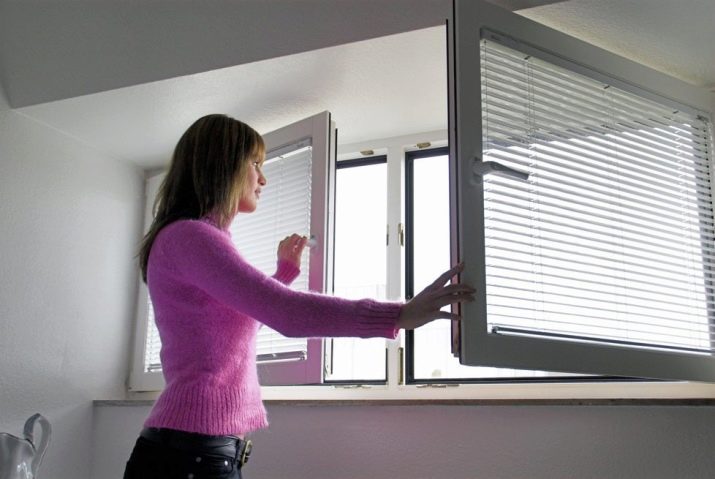
- Do not forget to protect your clothes from accidental paint - better put on some old T-shirt or a dressing gown, which is not a pity.

- Drying the hair after coloring is desirable in a natural way.

- If there is a fear of a risky experiment, you can start by restricting yourself to dyeing the ends of your hair.
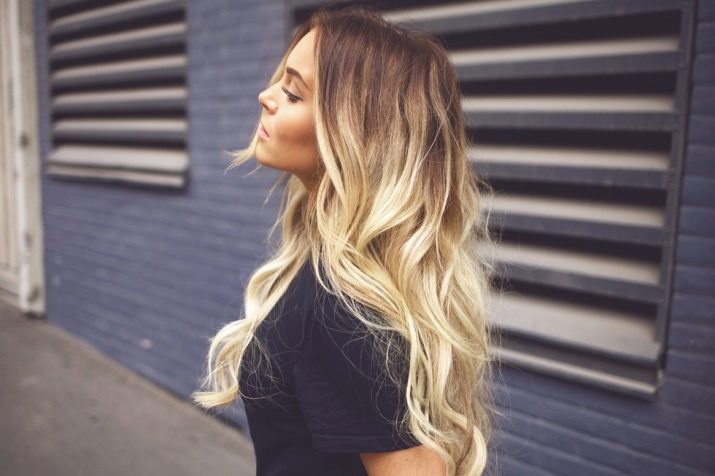
- After staining, it is worth washing your hair no more often than every other day, and ideally - every 3-4 days.
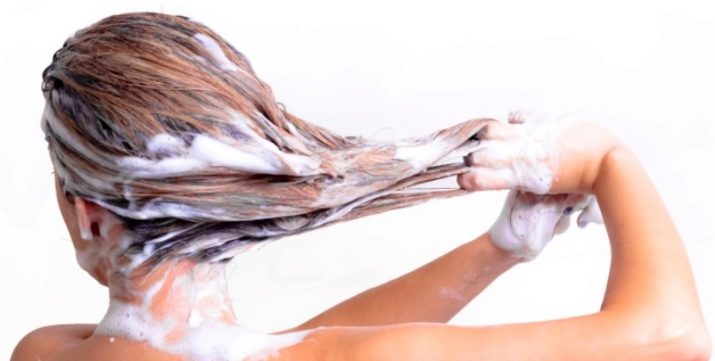
- The color may fade or gradually wash off, this is adjusted with a tonic or shampoo of a suitable shade.
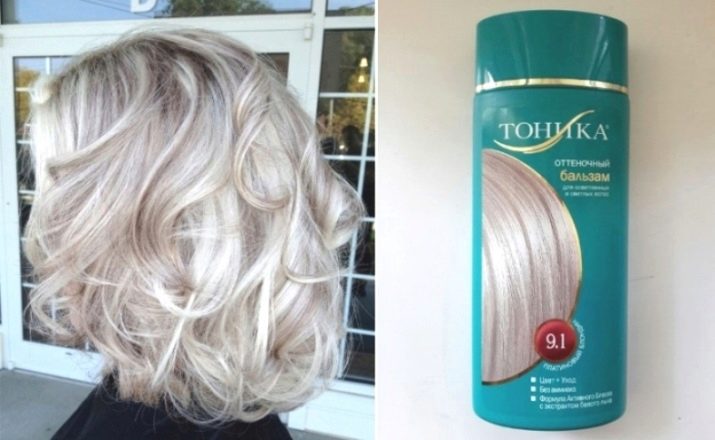
- Drying the hair with a hairdryer is preferably less frequent.And other thermal procedures (waving or straightening) are best avoided at least in the first month after staining. It is necessary to allow the hair to recover after the stress, which ombre, of course, is even in a sparing version.
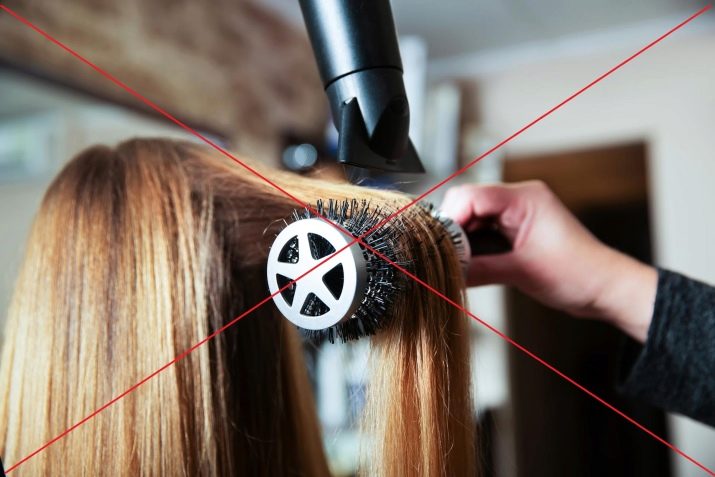
- For the yellowed ends of the hair, you can apply a purple tint shampoo - it will give an interesting ashen shade.
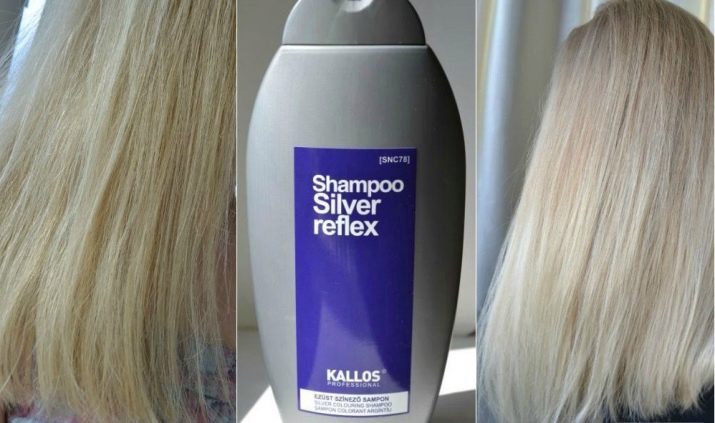
- The uneven border of staining gives the transition a natural look, so in natural shades you should not try to observe it too strictly.
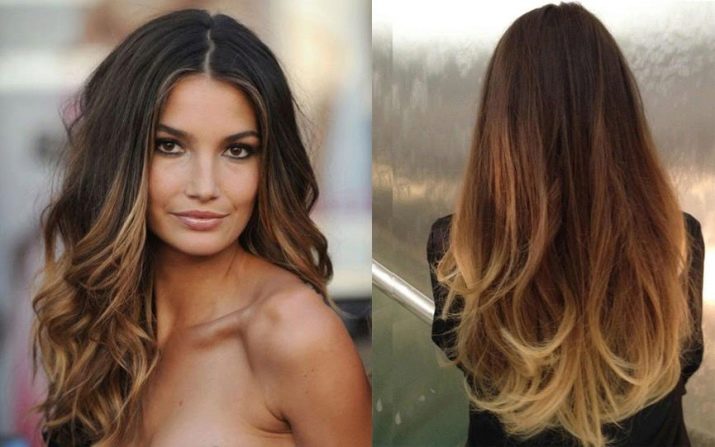
- On damaged hair, ombre, like any dyeing, is not recommended. First you need to treat the curls.

- An ombre update is required after 3-6 months.
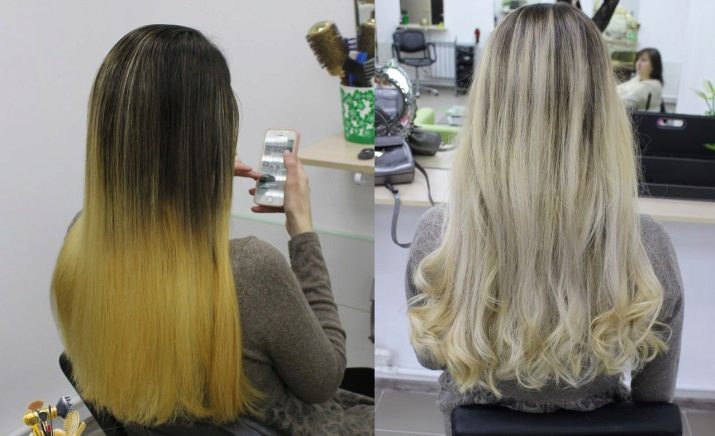
On how to make ombre at home, see the next video.










